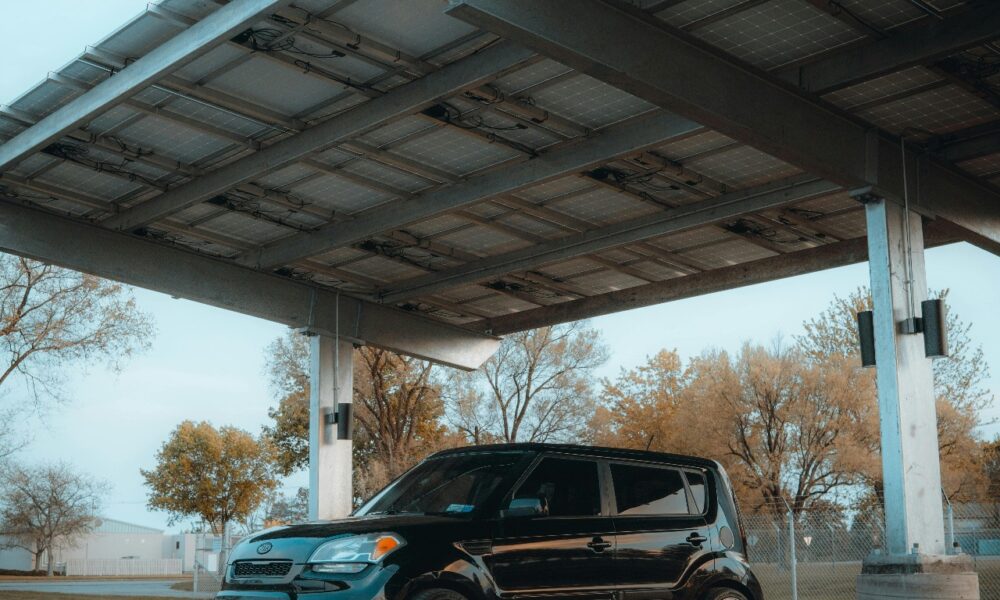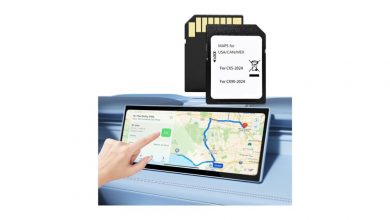7 Ways Technology Is Transforming the Auto Insurance Industry

The auto insurance business has always conformed to the driving trends and customer demands, but the rate of change today is unparalleled. Technology is redefining how a policy is priced, how claims are handled, and even how a driver communicates with insurers, whether it is through artificial intelligence, connected vehicles, or any other application. This change is not only enhancing efficiency for companies but also making policyholders have more transparency and personalized experiences. The seven ways that technology is influencing that shift are given below.
1. Intelligent Pricing Data Analytics.
Conventional insurance rates have been based on general considerations like age, residence, or driving history. Even though these components are still crucial, а more sophisticated form of data analytics can enable insurers to construct more sophisticated risk profiles. By analyzing patterns in а massive amount of data—such as weather conditions, car safety features, and more—companies can make premiums more specific to the risk level of each driver. What you end up with is а more equitable price structure with safe driving practices being properly compensated and coverage becoming more personalized.
2. Telematics and Behavior-Based Policies.
Telematics insurance is one of the most apparent innovations. Insurers use sensors in vehicles or smartphone applications to track driving habits, including driving speed, braking, and mileage. Instead of basing their risk evaluation on previous history, they can evaluate risk in real time. For customers, this offers a way to lower premiums by making sure they drive safely all the time. To the insurers, it offers better risk estimates and detects fraudulent claims. Even though there are still drivers who are hesitant to share the data, the trade-off is rewarded in the financial aspects and safety of the roads by most drivers.
3. Quick and more Equitable Claim Processing.
Insurance claims have been known to be accompanied by stress and delays, and technology is making the process almost painless at almost every level. The photos of accidents can now be reviewed by artificial intelligence to approximate the cost of repair in a short time. Documentation and routing are also automated, and claims are processed at a faster rate and with reduced errors. There are even insurers that enable drivers to make and track claims completely using mobile applications.
4. Individualized Customer Experiences.
Online shopping platforms are making customized recommendations, and similarly, insurers are also moving towards digital tools to customize their offerings. Chatbots will answer routine questions in seconds, whereas an app can remind users when they need to pay or propose changes in coverage based on a change in their life circumstances. Now, customers will have a chance to make a comparison of policy options in real time and get personal advice without making long phone calls. With these developments, the overwhelming aspects of insurance are no longer a problem as it translates complicated lingo and enables a client to feel more in command of their insurance.
5. Connected and Autonomous Vehicles Integration.
Self-driving cars raise other issues, including who bears responsibility in case of a crash, whether it is the driver, the company, or the programmer. Insurers are actively testing models that reflect a shift towards shared responsibility among several parties, rather than placing it all on a driver. Through adapting policies to such technological changes, the insurance companies can make sure that coverage is viable in the age of smarter and safer cars.
6. Increasing Fraud Detection.
The costs of fraudulent claims in the industry amount to billions of dollars annually, but technological advancements are offering some potent tools to fight the menace. Artificial intelligence can detect discrepancies in claim histories, detecting unusual behavior, and matching data with third parties within a few seconds. Predictive modeling assists the insurers in identifying potentially suspicious behavior before it becomes unmanageable and minimizes the money loss and stabilizes the premium rates of honest policyholders.
7. Anticipation of the Future using Forecasting Instruments.
The last area of change is in the preparation for risks before they strike. Predictive analytics can forecast a wide range of events, from seasonal accident highs to harsh weather conditions in a particular area. This information can enable the insurers to modify policies proactively, provide information to the drivers, or even give a warning that will reduce accidents.
Conclusion
The auto insurance industry is fast being transformed by technology, leaving no stone unturned, such as pricing, claims, personalization, and fraud detection. The usage of data analytics, telematics, and predictive tools is building an ecosystem that allows insurers to react faster and customers to be more valued. With the further development of vehicles, in particular, the use of autonomous systems, the task of insurers will only grow larger.
Sources:
https://www.spear-tech.com/7-ways-robotics-and-automation-systems-are-transforming-insurance/
https://www.ubi.com.tr/en/7-ways-auto-technology-is-impacting-insurance-coverage/
https://tealium.com/blog/artificial-intelligence-ai/7-artificial-intelligence-ai-examples-for-insurance-transforming-the-future-of-insurance-with-ai/





